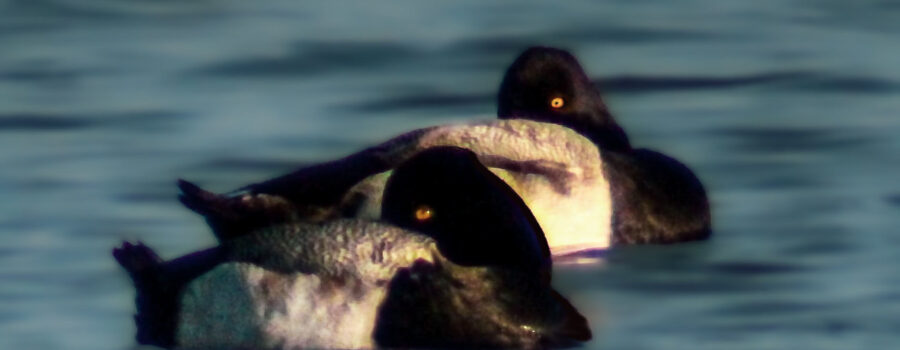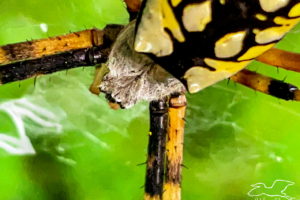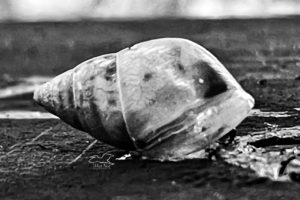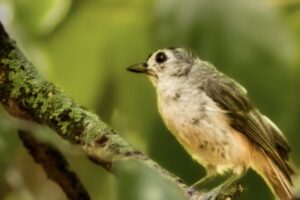It was Very Exciting to See These Lesser Scaups

It seems like every time I go out to Cedar Key I find some new bird to add to my life list. When I went last week I was specifically hoping to see some white pelicans (which aren’t a new species to me), but I only got to see our year long residents, the brown pelicans. But while I was there I did find a group of lesser scaups (Aythya affinis), also known as little blue bills or broadbills, floating on the water near the beach. They are a new species for me. Like the white pelicans and the ring billed gulls that I presented yesterday, they winter here in Florida (and throughout most of Central American and into South America) and then head north for the summer to breed. They do tend to begin their migration north later than most other birds do, and consequently they don’t usually breed until very late spring or early summer.

These ducks are diving ducks, meaning that they dive under the water to find food. Their diet consists mainly of invertebrates such as clams and mussels, but they will also eat mollusks, insects, crustaceans, small fish, and water weeds. They usually build their nests on the ground, and will begin laying eggs before all the building is finished. Only females incubate the eggs, guard the nest, and raise the young. It’s not uncommon for two females to use the same nest, a scrape in the ground that is lined with vegetation and down feathers, and share the incubating and parenting duties. They only raise one clutch of 9 to 13 eggs each year, and once the young have fledged, the adults return south for the winter.

Lesser scaups are currently classified as a species of least concern, but over the last decade or more their populations have been markedly declining. Some of the decline may be from habitat loss and hunting, but the decline has been more drastic than expected, especially considering that most of their nesting grounds are in protected parklands or sparsely populated areas. Scientists are still trying to determine what other factors are contributing to the species decline. Currently the populations are still large enough to be considered healthy, but if they continue to decrease, lesser scaups may need to be reclassified as vulnerable or threatened. On this particular afternoon the birds all seemed quite healthy and content. The group consisted mainly of males although a few females were out there, too. The females were further out and were diving and feeding while the males napped. I had hoped that some of the females would come closer since they were too far away to get any good photos, but whatever it was they were feeding on seemed to be keeping them busy. I still hope to see some white pelicans before they leaves for the summer, so perhaps I will see more female scaups, too on my next trip.





Recent Comments